#Dybrovnik
Photo
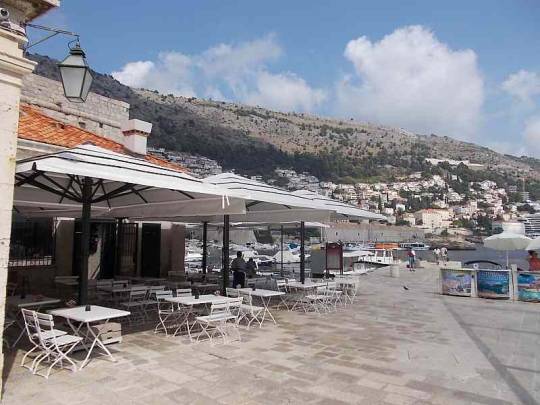

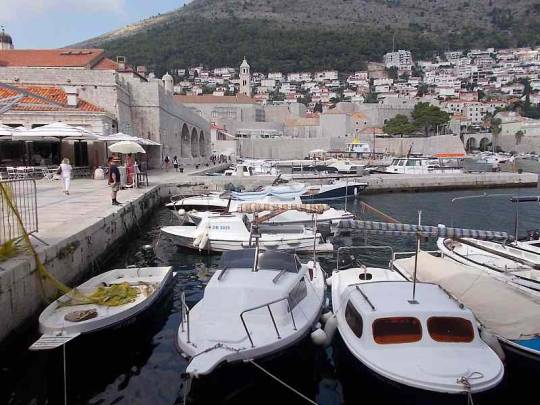
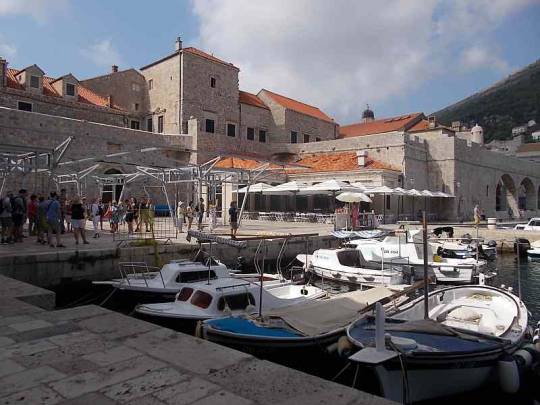
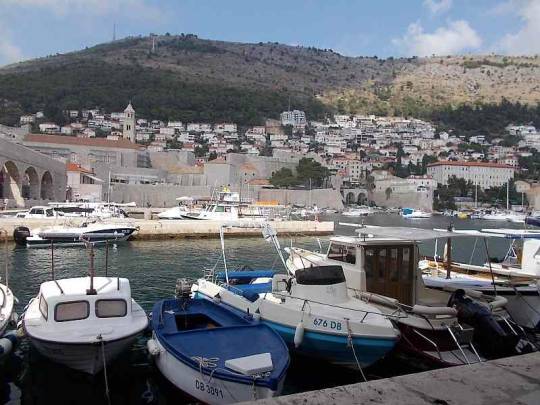
Marina (port) in Dubrovnik, Dalmatia, Croatia.
#Dalmatia#Croatia#Dybrovnik#port#marina#łódki#łódka#boat#boats#building#domy#houses#budynki#Hrvatska#Chorwacja#sea#Adriatic
0 notes
Text
Worldbuilding - Early Modern
Since so many seemed to like the earlier post on worldbuilding based on medieval Europe, I wanted to make a follow-up about another interesting and useful era for giving ideas for fantasy settings; the Early modern period, also known as the Renaissance (15th century). This is the era when the former medieval entities begin becoming more recognizable to us, and transition into being actual states as opposed to feudal lands owned by some dudes.
Before I begin, I want to disclaim that in making this, I am taking a lot of liberties in simplifying and generalizing these events to be above all useful inspiration for writing. History is always a beautiful fractal, always more complicated and interesting the deeper you dig into any subject. I very much hope you do keep digging, if any of these peak your interests.
Now, with no further ado, I present the Early Modern Europe of the 15th Century:
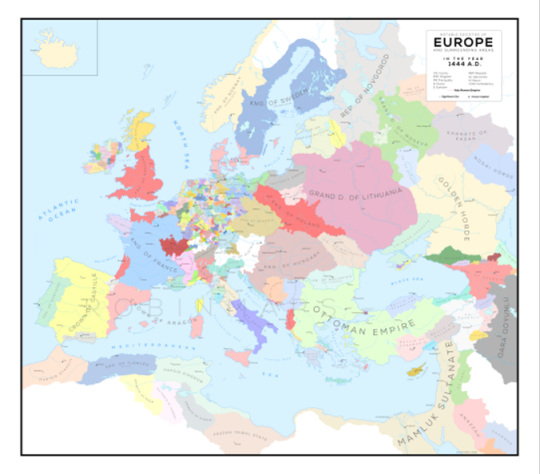
(As usual tumblr is terrible with maps, the better quality source is Here, and also extra credit to the guy who made it, he's really talented and his Etzy is Here )
This period is really interesting because you have bits of every era kind of all present, either the last lingering remnant of the past or the newly awaking future, all existing side by side. That dynamic I find utterly fascinating, and so I wanted to highlight a fair few, which could be re-purposed to flesh out a setting with Drama.
· Hundred years war
Likely one of the more widely known events of the era, the Hundred Years War was drawing to an end. The struggle that began with the Plantagenet King of England claiming the French throne from the local Valois family. This began the eponymous century of on- and off warring, with England at one point being near victory, France slowly regaining control, and the war ending in 1453 with France ousting the last English forces out of French soil. Soon after, the last Plantagenet English king died, ending the English claim to France after five generations fighting for it.
· The Auld Alliance
Aside from France, England had another long-term rival to continuously feud with, Scotland, and since the enemy of your enemy is your friend, the two mutual rivals agreed to an alliance. The alliance said that if England attacked one, then the other would strike them from behind. This made sure that their enemy could never focus all their efforts on one for fear of defeat at the hands of the other.
· War of the Roses
With the last Plantagenet King of England dying, there was a problem with succession. The two main heirs in question were each supported by one of the two greatest noble houses, the Yorks and the Lancasters. Soon each half of the country was backing either the banner of the White or Red Rose, and a civil war began. After decades of fighting, a peace was declared, with a Lancaster being crowned and marrying a York.
· Burgundy
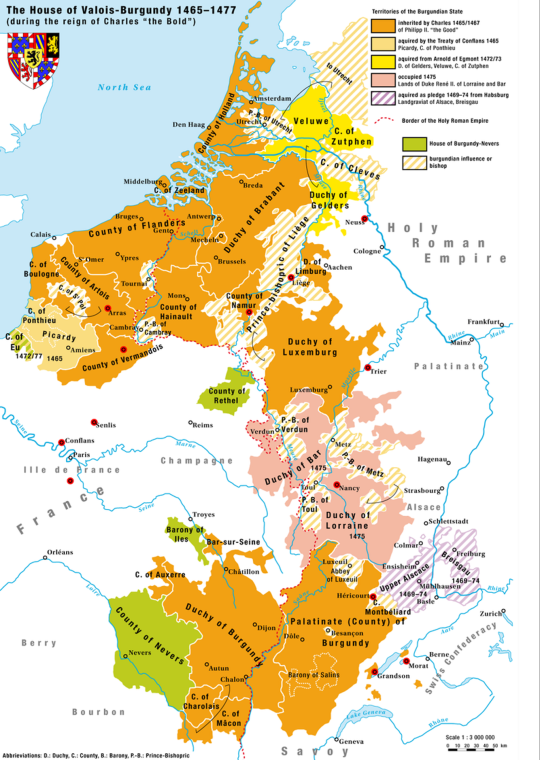
(Source)
The Duchy of Burgundy had always been a messy thing, being a fiefdom under both France and the Holy Roman Empire. It had often played the two against each other, as well as sometimes working with the English. Recently the Duke of Burgundy had also slowly gained control over a large part of the Low Countries, what would become the Netherlands. In this, he took the title of Grand Duke, and tried to go to war yet again with Lorraine and Bar to better connect his realms.
This ended badly though, with Duke Charles the Reckless being killed in a battle, with only his daughter as heir. The French king reacted quickly invading Burgundy to bargain for a marriage, but the daughter had fled the country to the Austrians, whom she wedded to keep her lands from the French. In the end, Burgundy was split in two, with France seizing their own fiefdoms, and the Austrians inheriting most of the Netherlands.
· The Reconquista (Reconquest) of Iberia
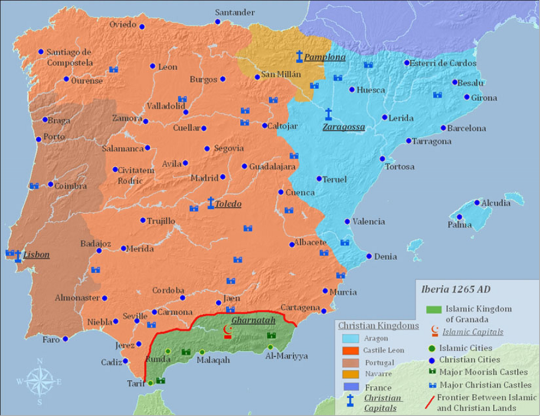
(Source)
The Iberian peninsula had been conquered by the Arab Umayyads in the 8th century, leaving only a sliver of northern territory remaining free. Over the next half century, with various help from other nations and holy knights, the former sliver would reconquest the peninsula, and become the kingdoms of Portugal, Castille, Narvarra, and Aragon. Now only the Emirate of Granada remained.
In 1482, having joined their kingdoms in marriage, the King of Aragon and Queen of Castille attacked and annexed Granada, ending Reconquista after 780 years. Soon after, all remaining Muslims and Jews were expelled from the peninsula, and the Spanish inquisition was started to find those who remained.
· Italian renaissance

(Source)
Many Italian states had gotten rich from trade brought from the Crusades, as well as new luxury goods like glass and cloths. The economy had also been booming from the newly founded banks and start of paper money.
As well as artisans fleeing from the fallen Constantinople, a movement bloomed in Italy, a humanist movement in art, a revisit of the now fallen empire in its glory, and a longing for a logic to the world. This is where we get out dramatic view of the artist, with examples like Michelangelo and Da Vinci, finding the divine in the human. They also really wanted new fancy ways to show how stupidly rich they now were.
· The Ottomans
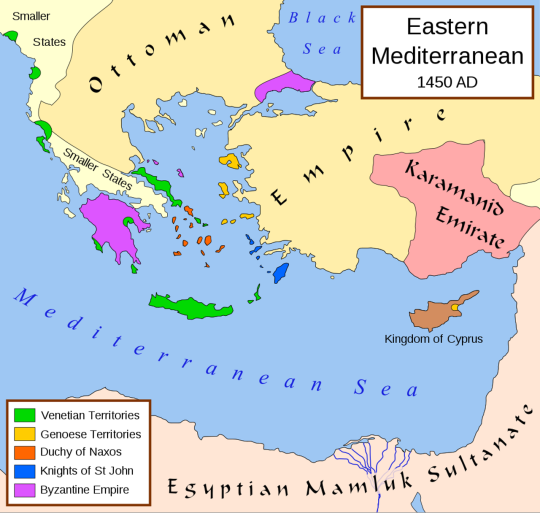
(Source)
The Ottomans had been a small local fief in western Anatolia, ruled by the house of Osman, until a power vacuum opened up and they rose quickly to the state of a major power by conquering all their neighbours. Crossing into Europe, they began conquering large areas of Greece and the Southern Balkans.
· The Crusade of Varna
In 1443, the Pope called for a Crusade against the Ottomans. They had just taken over Serbia, and the Pope called for all Christians to help drive them out of Europe. The call was answered, and the crusade was led by Władysław III of Poland, who was crowned the King of Hungary as well to bolster the crusade. They marched south from Hungary meeting no really resistance, until they did, at which point they were absolutely crushed, with even King Władysław dying, leaving his two giant countries now suddenly with no leader. This scared everyone in Europe from trying to stop the Ottomans for a good while, as well as plunging both Hungary and Poland overnight into political chaos:
Poland ended up accepting the Duke of Lithuania as the new king, uniting their two giant countries into one.
Hungary accepted the young Duke of Austria as the new king, paving the way for them to also become united.
· Fall of Constantinople
The Roman Empire, centuries in slow decline, had reached its last leg. Confined to mostly the city of Constantinople, it was but an cold ember remaining from the once giant pyre. Its massive walls had bought it time, but in 1453, the Ottoman army, with no one in the west able to counteract them, set their newly fashioned cannons to the walls and took the city for themselves, making it their new capitol.
· Heirs of Rome
With the last remaining part of Rome gone, no one wasted any time claiming to be the next successors of Rome. This had already been the case before, both with France, The Holy Roman Empire (I will do a whole post on them later), as well as the Pope, as both ruler of Rome and Pontifex Maximus of the Christians.
But with the Fall of Constantinople, new claimants rose up:
First were the Ottomans themselves, who having been related to the last Emperor, claimed it as his right.
The second were the Russian princes of Muscovy. After the fall, a Byzantine princess had fled up north, and married Russian prince, who then declared his seat of Moscow, the Third Rome.
This would only add to the growing animosity between the two great states, especially when they began dispute more and more about their borders.
The last heir, the actual brother and heir of the last emperor, hung out in Italy for a while, trying to get an army to reconquer his homeland, before giving up and selling his title to Spain for a comfortable allowance for the rest of his life.
· Free republic of Ragusa
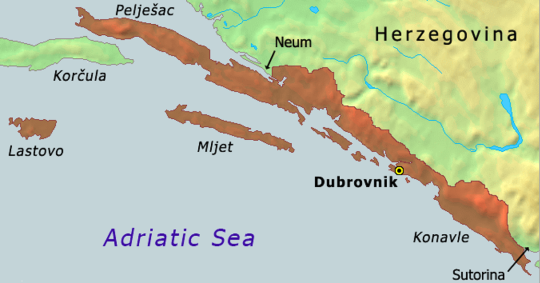
(Source)
Also known as the Republic of Dybrovnik, Ragusa was a small city state and merchant republic in southern Dalmatia. It had remained independent both through its massive fortifications, as well as a clever diplomacy.
With the growing Ottomans to the east, they agreed to become a tributary state, paying a yearly tribute to the Sultan, but otherwise remaining mostly free, and carved out their own importance from this new niche. The Ottoman ports were mostly closed to European merchants, but by trading with Ragusa, they could indirectly gain access to trade with the Ottomans. This mutually beneficial relationship gained the republic the Turkish nickname for "Good Venice".
· The Knights Hospitaller of Rhodes
Originally one of the first Holy Orders for the Crusades, when the Holy lands were lost, the Knights Hospitaller moved to a stronghold on the Greek island of Rhodes. Here they remained, becoming more and more fortified, continuing to raid their neighbors from the sea and disrupting trade. Made up of groups from all over Europe, they were a glorified destination for an interesting life.
When the Ottomans finally managed to bombard their fortress down, they fled to the island of Malta, south of Italy, and built even bigger fortifications and resumed their work, now mostly focused on battling the North African Barbary Raiders on the sea.
· The Mamluk Sultanate of Cairo
The Mamluks had been a caste of Circassian slave soldiers, employed by Muslim rulers all over the middle east, and especially in Egypt. Here they came to increasing power and importance for their priced fighting prowess, being more and more sought after and appeased. In the end they managed to seize power, overthrough the Sultan in a coup and established their own Mamluk Sultanate, taking over the upper class positions from their former masters.
With possessions across Arabia and the Levant, they held a monopoly on both the Silk Road and the Spice Trade, and making a fortune, requiring all trade going west to pass through Cairo. The Mamluks would also be an ongoing rival to the Ottomans, who very much wanted Egypt for their own.
· The Pontic Steppe
The area of current Ukraine and Southern Russia had lots of interesting things going on at this time. Called the Borderlands or the Wild Fields, was a hard to tame area, prompting interesting scenarios:
· The Golden Horde
First we have the Golden Horde, one of the Offspring's of the former continent-spanning Mongol Empire, still holding on to nomadic life, believing that settled living would make you soft and an easy target. The Horde used to have Hegemony over all the Russian Princes to the north, having the power to appoint and veto rulers on a whim. This power faded with time however, as the princes were either bought by-, inherited by- or conquered by the Grand Princes of Muscovy, who would go on to unite all of Russia.
· The Cossacks
With Mongol influence in Ukraine fading, others started to replace them. Politically this role came to the Grand Duchy of Lithuania. But the actual settling was mostly done by the Cossacks. Hard to define, the Cossacks were both settlers, armies and pirates across their territory. Staunchly hierarchical and democratic, they defended their lands and independence with both arms as well as burning insults. They were both raiders and priced mercenaries, with strict honor of their own making. They are in my opinion best characterized but this letter.
· The Crimean Khanate
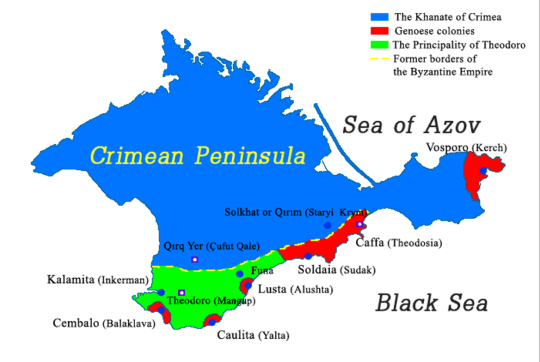
(Source)
Another remnant of the Mongol empire, the Crimean Khanate ruled most of the Crimean peninsula and a sizable area of the mainland. They were founded by Khan Hacı Giray as a separate entity to the Golden Horde, but after his death, a civil war broke out between his sons. One of them; Meñli I Giray, went to the Ottomans for aid, pledging allegiance to them in return for control of the Khanate. For a time they had a mutual partnership of Sultan and Khan, But as the Ottomans continued to grow and dominate, the Crimeans were slowly integrated into the empire.
· Principality of Theodoro
The last of a lot of things, this little principality was the last of the Greek settlements on the Pontic coast of the Black Sea, a system going back to ancient Greece and the Illiad.
By its other name however, Gothia, it was also the last in another respect. Populated mainly by Crimean Goths, it would be the last state of all the Goths, who conquered even Rome, a millennia before.
The small state would soon be conquered by the joint forces of the Ottomans and the Crimean.
· Genoese trading posts
Along the southern coast, we also have the remaining trading colonies of the Genoese republic, one of the thriwing Italian Merchant republics. The local main city of Kaffa, was especially prosperous controling trade in the Black Sea, as well as housing one of the largest slave markets in Europe at the time, trading slaves from the steppe nomads to western Europe These would also be conquered by the Ottomans and Crimeans. After losing their last colonies, Genoa would change lanes into this new Italian invention called Banking, and would soon be the de facto bank for both Spain and Portugal.
14 notes
·
View notes